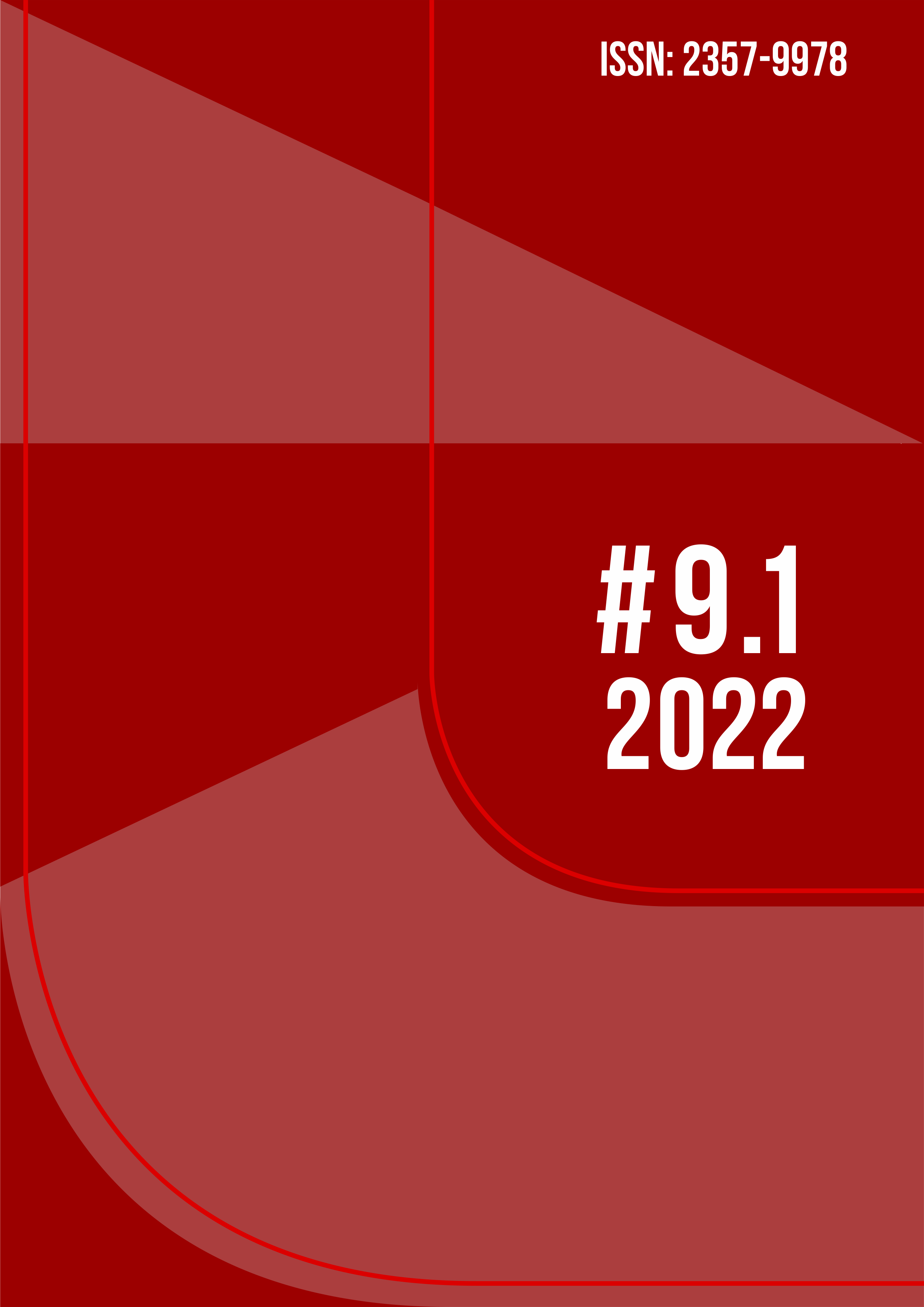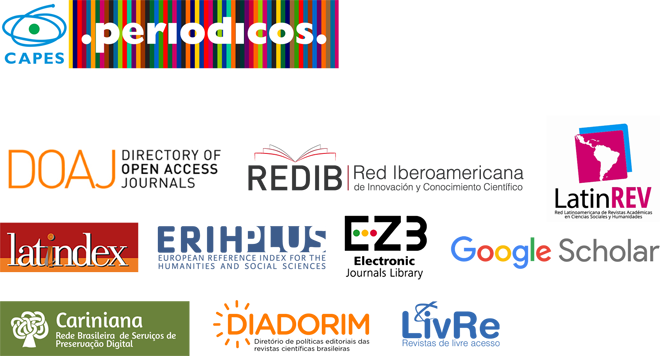An Approach to "Pathosformeln" Comic and Humoristic Mob
DOI:
https://doi.org/10.36025/arj.v9i1.29703Keywords:
Pathosformel, Humor, Funny, Aby Warburg, CrowdAbstract
This paper accounts for an emotional form characteristic of some Derisory Discourses, in which it can be found a sort of “Pathosformel of the Multitude”, of which abundant examples throughout the History of Art can be found. As it is well known, the Pathosformel –visual concept coined by the cultural theorist Aby Warburg– is a sort of certain configuration of representative and significant forms that reinforce the understanding of the meaning of what is represented through the induction of an affective field, in which the emotions that a culture underlines as basic for social life unfold. According to this, in the treatment that, for example, Pieter Bruegel the Elder gives to some frequent moral themes in his pictures, the kind of humor characteristic of that cultural configuration that has its origins in the Renaissance but whose influences can be traced up to the present can be discovered.
Downloads
References
ARISTÓTELES. Poética. Monte Ávila Editores, Caracas, 1998.
ARISTÓTELES. Retórica.Gredos, Madrid, 1994.
ATTARDO, Salvatore. Linguistic Theoriesof Humor. Mouton de Grouyter, New York, 1994.
AUMONT, Jacques. La imagen. Paidós, Buenos Aires, 1992.
BAJTIN, Mijail. La cultura popular en la Edad Media y el Renacimiento. El contexto de Rabelais. Alianza, Madrid, 2003 [1965].
BERGLER, Edmund. Laughter and the sense of Humor. Intercontinental Medical Book, New York, 1965.
BURUCÚA, Emilio. Historia, arte, cultura. De Aby Warburg a Carlo Ginzburg. Fondo de Cultura Económica, Buenos Aires, 2003.
BURUCÚA, Emilio. La imagen y la risa. Las pathosformeln de locómico en el grabado europeo de la modernidad temprana. Editorial Periférica, Cáceres, 2007.
CICERON. El orador. Alianza, Madrid, 2004.
DIDI-HUBERMAN, Georges. Atlas ou le Gai Savoir inquiet. L’Oeil de l’Histoire 3.Les Éditions du Minuit, Paris, 2011.
FOUCAULT, Michel. Saber y verdad. La piqueta, Madrid, 1985.
FREUD, Sigmund. El chiste y su relación con lo inconsciente. Obras Completas, Tomo VIII. Amorrortu editores, Buenos Aires, 1990 [1905].
FREUD, Sigmund. El humor. En: Obras Completas, Tomo XXI. Amorrortueditores, Buenos Aires, 1991 [1927].
HAZLITT, William. On wit and humour. En: Lectures on the English comic writers. Oxford UniversityPress, Londres, 1907.
LÉVI-STRAUSS, Claude. Mitológicas I. Lo crudo y lo cocido. Fondo de Cultura Económica, México, 1982 [1964].
LÉVI-STRAUSS, Claude. Mitológicas IV. El hombre desnudo. Siglo XXI, Buenos Aires, 2001 [1971].
PALACIOS, Cristian. El discurso humorístico. Aproximaciones al estudio del humor y lo cómico. Buenos Aires: RGC Libros, 2014.
PALACIOS, Cristian. Transformaciones y supervivencias. Notas sobre el problema de la transposición intersemiótica. Signo & Seña, Nº 33, enero-junio 2018.
PIRANDELLO, Luigi. El humorismo. Leviatán, Buenos Aires, 1994 [1908].
POSSENTI, Sirio. Humor, língua e discurso. Contexto, San Pablo, 2010.
SHAFTESBURY, Anthony Ashley. Sensuscommunis; an Essay on the Freedom of Wit and Humor. En: Characteristics of Men, Manners, Opinions, Times. Cambridge University Press, Cambridge, 1999 [1709].
STEIMBERG, Oscar. Semióticas. Las semióticas de los géneros, de los estilos, de la transposición. Eterna Cadencia, Buenos Aires, 2013.
TRAVERSA, Oscar. Carmen, la de las transposiciones. La piel de la obra, Facultad de Filosofía y Letras, Buenos Aires, 2005.
TRAVERSA, Oscar. Prólogo a la primera edición de Semiótica de los medios masivos. En STEIMBERG, Oscar. Semióticas. Las semióticas de los géneros, de los estilos, de la transposición. Buenos Aires: Eterna Cadencia, 2013.
WARBURG, Aby. El renacimiento del paganismo. Aportaciones a la historia cultural del Renacimiento europeo. Alianza, Madrid, 2005.
WARBURG, Aby. La Rinascita del Paganesimo Antico. Contributi allá storia della cultura. La Nuova Italia, Florencia, 1966.
Downloads
Published
How to Cite
Issue
Section
License
Copyright (c) 2022 Cristian Palacios (Autor)

This work is licensed under a Creative Commons Attribution-NonCommercial-ShareAlike 4.0 International License.

This work is licensed under a Attribution-NonCommercial-ShareAlike 4.0 International (CC BY-NC-SA 4.0) License.
Authors retain copyright, while licensing their work under a Attribution-NonCommercial-ShareAlike 4.0 International (CC BY-NC-SA 4.0) License.


 English
English Português (Brasil)
Português (Brasil)
